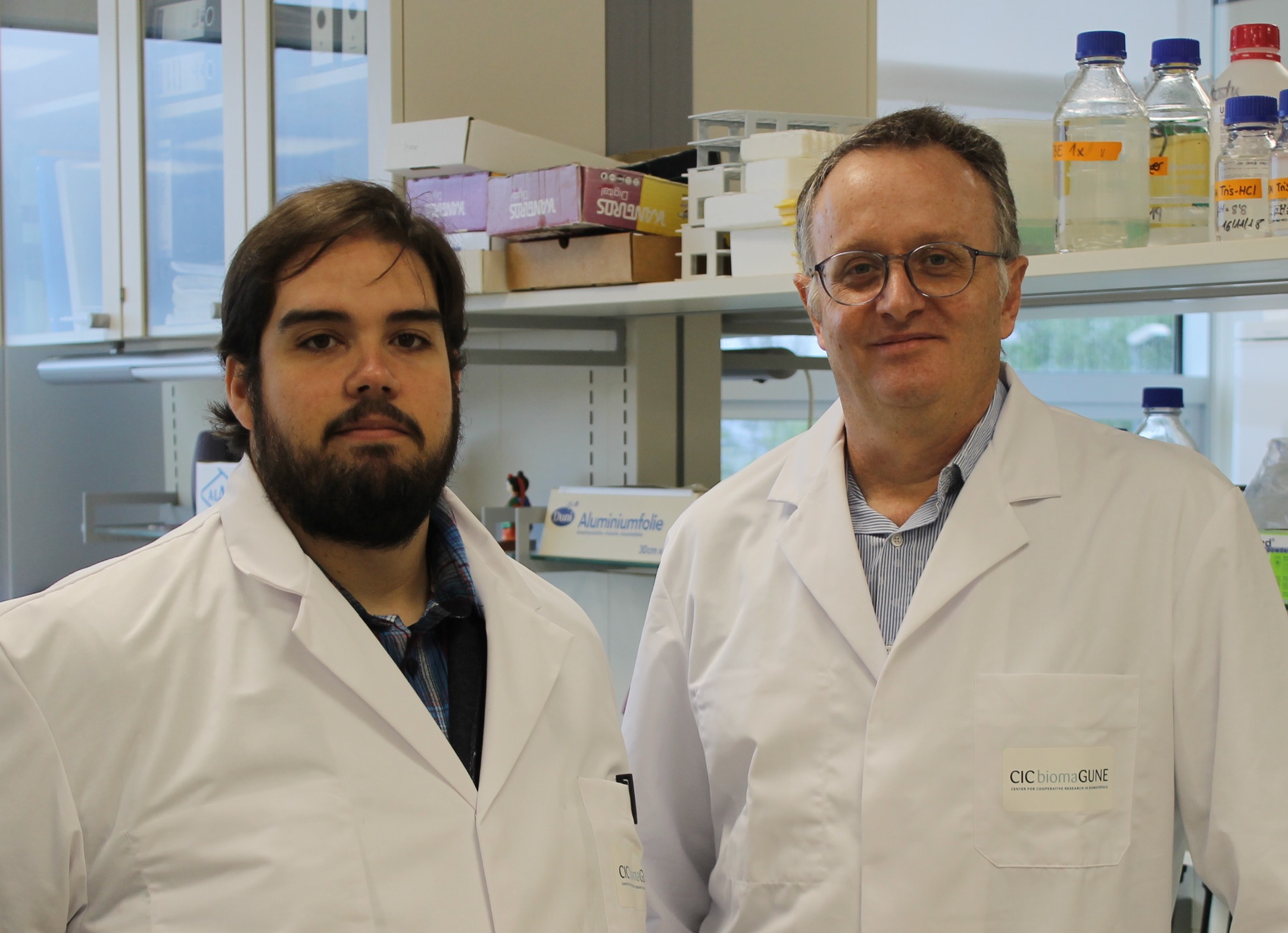A multidisciplinary team from the Biomedical Research Networking Centre in Respiratory Diseases (CIBERES), led by Jose Luis Izquierdo García, researcher in the Molecular and Functional Biomarkers Laboratory at CIC biomaGUNE, has developed a method for predicting the aggressiveness of a type of pneumonia. The objective of the research, published in the journal Intensive Care Medicine, has been to reveal whether a patient taken into hospital with symptoms of respiratory infection will develop an aggressive form of pneumonia known as respiratory distress, which requires hospitalisation in the intensive care unit, or whether his/her condition will evolve into a much milder form of illness that simply requires outpatient follow-up.
The method, developed after eight years of research, is based on detecting a metabolic "fingerprint" of the disease in the patient's blood serum samples. In addition, this method has made it possible to differentiate patients with a viral infection from those with a bacterial infection, amongst those patients whose condition evolved into an aggressive state of the disease.
Jose Luis Izquierdo García, researcher in the Molecular and Functional Biomarkers Laboratory at CIC biomaGUNE and member of the Biomedical Research Networking Centre in Respiratory Diseases (CIBERES), explains: "This method has a clear translational application to the clinical hospital setting, enabling personalised medicine to be developed for the patient. Firstly, metabolic biomarkers in the blood allow us to detect at a very early stage how patients will evolve, thus enabling us to anticipate the development of the disease. Secondly, we have found that these biomarkers are common in two very different types of respiratory infections (Influenza A and Pneumococcal pneumonia). Thirdly, by making it possible to differentiate the nature of the infection from the outset, it will be possible to start treatment focused on the infection long before it currently begins".
Molecular/metabolic tool for use in intensive care units
The research team believes that their work may develop into a molecular/metabolic tool that can be used in intensive care units and/or clinical units for the differential diagnosis of diseases, enabling inpatients to be monitored to predict their evolution and response to treatment.
When commenting on the difficulties encountered during the research, Jose Luis Izquierdo García highlights "the recruitment of a homogeneous group of patients to enable the "fingerprint" of the disease to be detected without being influenced by other factors such as the presence of other simultaneous diseases, advanced age, lifestyle, etc. These variables have been controlled thanks to the exhaustive work of the medical groups in the intensive care units of the hospitals in Getafe, with the collaboration of the group of Jose Ángel Lorente, and the Spanish Hospital of Montevideo, with the support of Nicolás Nin, who have participated in this study".
The patients' metabolic "fingerprint" was detected in blood serum samples using Nuclear Magnetic Resonance Spectroscopy. This type of analysis makes it possible to quantify in a single test the metabolites (small molecules that are the ingredients or products of chemical reactions that occur in a living being, and include amino acids, carbohydrates, fatty acids, etc.) present in a biological sample. To put it simply, it would be like performing 1,000 conventional blood tests in one single pass. The diagnostic models were developed using the "R Statistical Computing Platform".

23/05/2019
CIC biomaGUNE researchers develop a method for predicting the aggressiveness of a type of pneumonia
